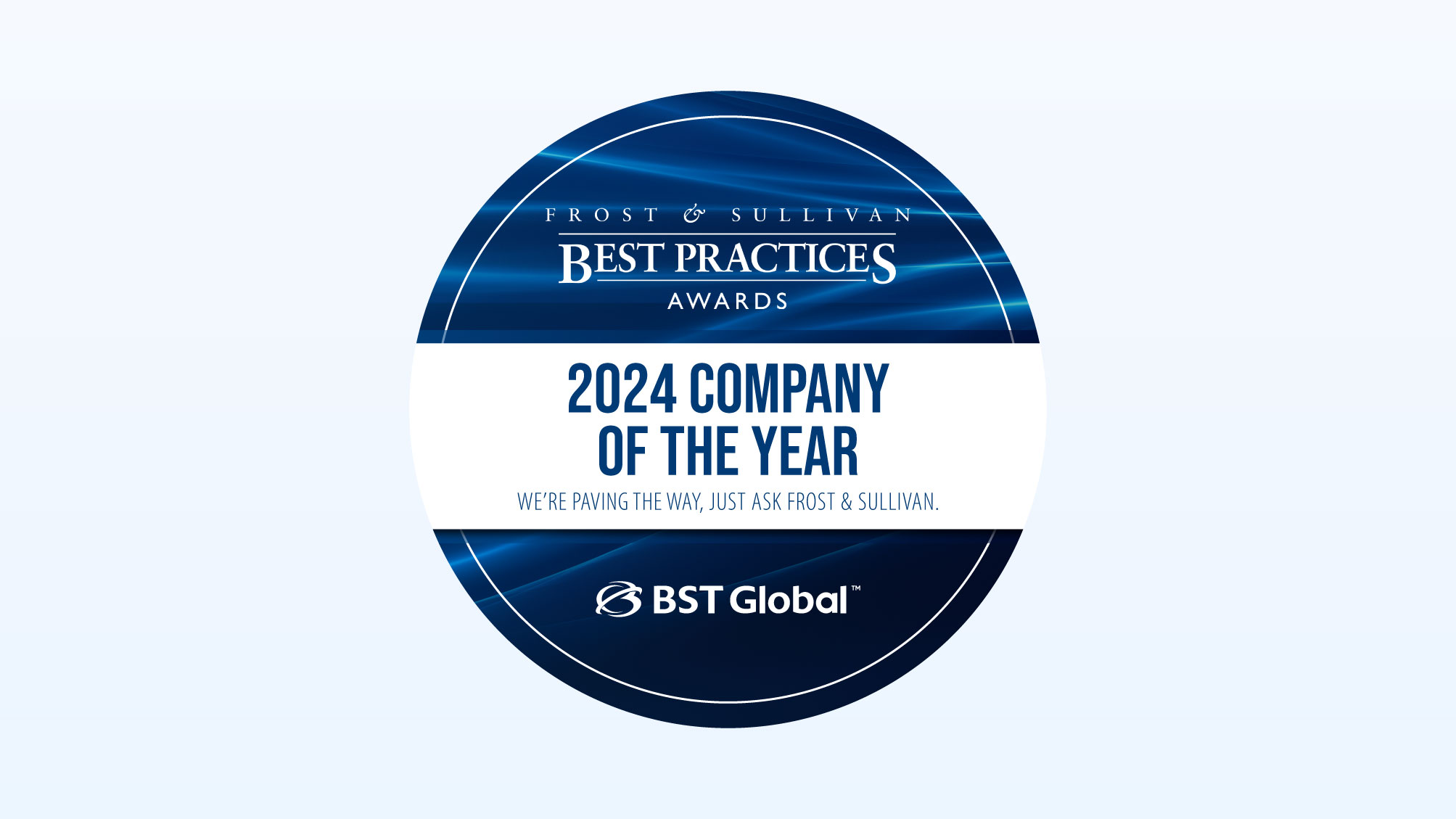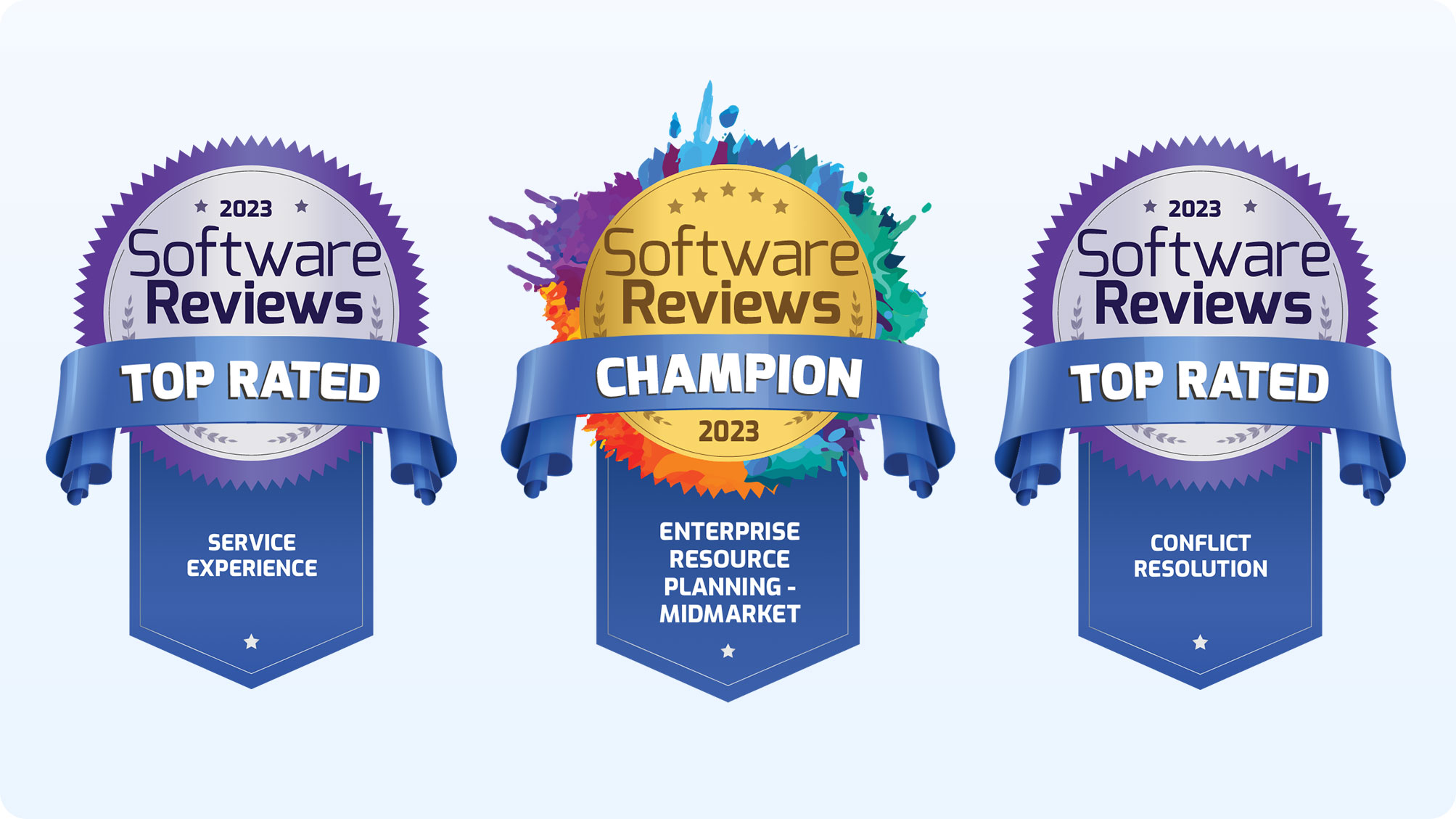As an AEC firm, your company needs to record and recognize revenue from various contracts. The good news is that both BST8 and BST10 were designed to support the implementation of and be compliant with ASC 606 (known as revenue from contracts with customers).
ASC 606 is the revenue recognition standard that affects all entities — public, private and non-profit — that enter into contracts with clients to transfer goods or services.
What are the fundamentals of the ASC 606 accounting standard, and how do BST8 and BST10 help support them? Essentially, ASC 606 breaks down the revenue recognition process into five steps.
Check out the video to learn some of the ways BST8 and BST10 support the revenue recognition process. For additional details, continue reading below.
01
Identify the Contract With a Client
ASC 606 states that a firm can account for a contract when all these criteria are met:
- Both parties should approve the contract (in writing, verbally or by another agreed-upon method)
- Both parties have identified what goods or services are to be transferred to the client
- Payment terms are identified and agreed upon
- The contract has commercial substance
- The business believes it is probable that it will collect the agreed-upon payment in exchange for transferred goods or services to the client
BST8 and BST10 have ways to record contract details, the work that needs to be performed and how the work will be performed. This happens in the software through the project’s comprehensive work breakdown structure and detailed recordkeeping.
02
Identify the Performance Obligations in the Contract
A performance obligation is the promise to transfer goods or services to a client. The firm needs to identify all distinct performance obligations in this firm/client arrangement. A good or service is defined as distinct if:
- The client can benefit from it on its own or with resources the client already has
- The good or service can be transferred independent of other performance obligations
Note: Any goods or services that can’t be deemed distinct should be bundled together until they can be.
In BST8 and in BST10, the performance obligation can be identified by using the following features:
- Project
- Work breakdown structure
- Budget category (to separate between labor, subcontractors and expenses)
- Fee types (denotes the revenue calculation basis, e.g., Lump Sum, Cost Plus to a Max, etc.)
- Revenue variance level
All of these work together to support the delivery of the related performance obligations and govern the recognition of revenue.
03
Determine the Transaction Price
The transaction price is the amount the firm expects to receive in return for transferring the goods or services outlined in the contract. The amount can be fixed, variable or a combination, but the amount must be allocated specifically to the performance obligations outlined in Step 2. Once these performance obligations are fulfilled, the firm can recognize this as revenue.
Within BST Global’s ERP solutions, the billing fee amounts establish the performance obligation price. Typically, the billing fee amounts are clearly traceable back to the signed contract at various project or task levels. These agreed-upon fee types may also be linked directly to within your BST Global ERP solution’s budget amounts so that the transaction price is clearly traceable and auditable.
04
Allocate the Transaction Price
If the contract has more than one performance obligation, the firm needs to provide an accurate estimation of that obligation’s standalone selling price versus the total agreed-upon transaction price.
Determining the transaction price allocations can be complicated. Additionally, these allocations can be influenced based on the aspects of the transaction. ASC 606 includes three methods that can be used to determine a performance obligation’s transaction price:
- Expected Cost Plus Margin Approach: Expected cost plus margin considers the forecasted costs of fulfilling the performance obligation and adds margin at the amount the market would be willing to pay.
- Adjusted Market Assessment Approach: This approach considers the market in which the goods or services are sold and estimates the price that a client in that market would be willing to pay.
- Residual Approach: This approach allows a firm that has observable standalone selling prices for one or more of the performance obligations to allocate the remaining transaction price to the goods or services that do not have observable standalone selling prices.
Whichever approach you choose, the standalone selling price must be determined at the outset of the contract (before you begin the project initiation within your BST Global ERP solution, as you’ll want the budget and fees established at that time).
The standalone selling price should not be updated to reflect changes between the contract inception and performance completion (except when there are contract modifications). BST Global’s ERP solutions allow for budgets to be established at the required level of a project’s work breakdown structure for each performance obligation.
05
Recognize Revenue as Performance Obligations Are Satisfied
Performance obligations are considered satisfied when the client obtains control of the asset. The firm can recognize revenue on the performance obligations when the promised good or service is transferred to the client. The accounting standard defines methods for recognizing when the control passes at a point in time or over time.
If the obligation is satisfied over time — for example, when project deliverables are completed — the firm needs to decide how to measure the progress and completion of that obligation.
Our ERP solutions’ approach to revenue recognition utilizes:
- Fee types (including constraints)
- Budgets (effort and cost)
- Calculation of effort when work is performed
- Effort at completion or cost at completion
- Percent complete
All of these work together to support the delivery of the related performance obligations and govern the recognition of revenue.
Where to Next?
There are many considerations for recognizing revenue. Fortunately, the Association of International Certified Professional Accountants, known as AICPA, has published several guides covering every aspect of this accounting standard. Visit its website for more information.
Please contact your BST Global client manager if you have questions on using BST8 or BST10 to recognize revenue on your projects under the ASC 606 accounting standard.



